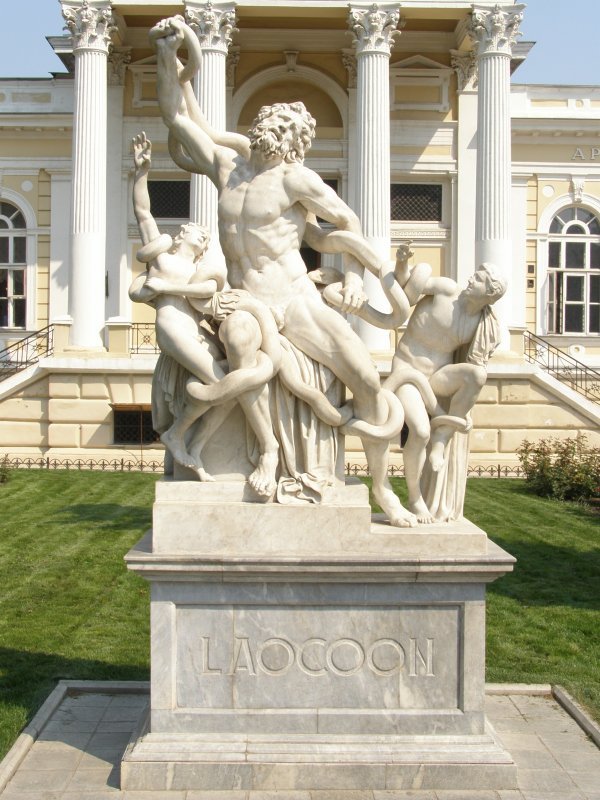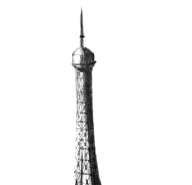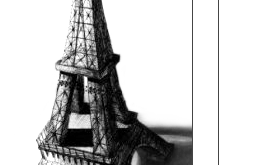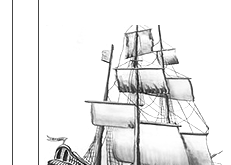The statue of Laocoon is a copy of a sculptural group made of marble found in 1506 in Rome and now located in the Belvedere of the Vatican Palace.
Laocoon is a priest of Apollo in Troy, who warned the Trojans who wanted to accept the wooden horse donated by the Greeks.
Apollo sent two snakes that swallowed Laocoon's twin sons Antiphantus and Fimbray, and then strangled Laocoon himself, because... Laocoon, being a priest of Apollo, disobeyed by marrying against his will.
According to another story, this happened due to the anger of Athena. According to one version of the myth, only his children were strangled by snakes. He himself remained alive to mourn his fate forever.
Laocoon most of all doubts the pure intentions of the Trojans to introduce a wooden horse into the city and dedicate it to Athena. And to test whether something is hidden in him, he thrusts a spear into his side. Then, when he sacrifices a bull to Poseidon on the seashore, two huge snakes swim up the sea, strangle him and both of his sons and hide in the acropolis under the statue of Athena. In this miracle, the Trojans see confirmation of the sacred purpose of the donated horse, to serve as a cleansing sacrifice for the Greeks’ insult to the shrine of Athena, and decide to introduce it into the city as a gift. After which comes the famous death of Troy. The death of Laocoon and both of his sons is depicted in a sculpture that has survived to this day.
This most famous work was sculpted by the Rhodians Agesander, Polydorus and Athenodorus), whose lifetime is unknown (believed to be around 50 BC). While some researchers attribute this work to the time of Alexander the Great (356 BC-323 BC), others attribute it to the prosperity of the Rhodian school during the reign of the successors of Alexander the Great. And some - to the times of the Roman Empire (from 30/27 BC to 491 AD).

The above-mentioned Rhodian artists shine with virtuosity and their anatomical knowledge and generally produce an effect on the viewer. And they do it great! Laocoön is “a miracle of art, testifying to subtle and noble taste in solving such a difficult task and deep knowledge in the execution of details, but at the same time, it is a work designed for effect and, compared with the works of previous times, differs to some extent in its theatrical character. At the same time, in this work pathos is brought to the extent to which it was possible according to the views of the ancient world and as far as the technique of sculpting art allowed it.” You can order a copy of the sculptural composition “Laocoon” at any of the indicated numbers in the sculpture workshop of the OMI studio











